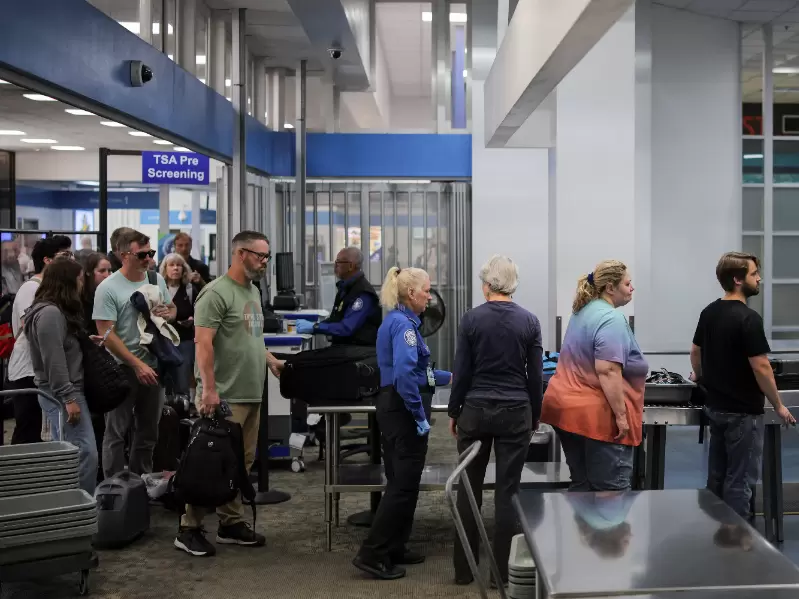The United States is expanding its use of facial recognition technology to better track non-citizens entering and leaving the country, according to a government document published on October 24. The move aims to reduce visa overstays and passport fraud as part of a broader immigration enforcement strategy.A new regulation, effective December 26, will authorize U.S. border officials to photograph non-citizens at airports, seaports, land crossings, and any other points of entry or exit. This rule builds upon an earlier pilot program and allows officials to collect additional biometric data, such as fingerprints or DNA, if necessary. For the first time, the regulation will also permit the use of facial recognition on children under 14 and adults over 79, who were previously exempt.The tighter border controls reflect an ongoing push by President Donald Trump’s administration to strengthen immigration laws and reduce the number of people overstaying their visas.
However, privacy advocates have raised concerns over potential misuse and errors. A 2024 U.S. Commission on Civil Rights report found that facial recognition systems are more prone to misidentifying Black individuals and other minorities.According to the Congressional Research Service, about 42% of the estimated 11 million undocumented immigrants in the U.S. had overstayed their visas as of 2023.Although Congress mandated an automated entry-exit tracking system back in 1996, it has never been fully implemented. Currently, U.S. Customs and Border Protection (CBP) uses facial recognition for all international arrivals by air but only in select locations for departures.CBP estimates that a comprehensive biometric entry-exit system could be fully operational at all major airports and seaports within three to five years.





